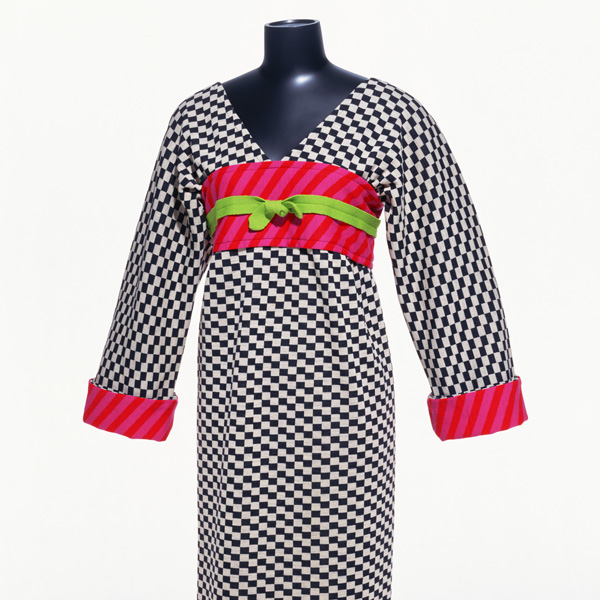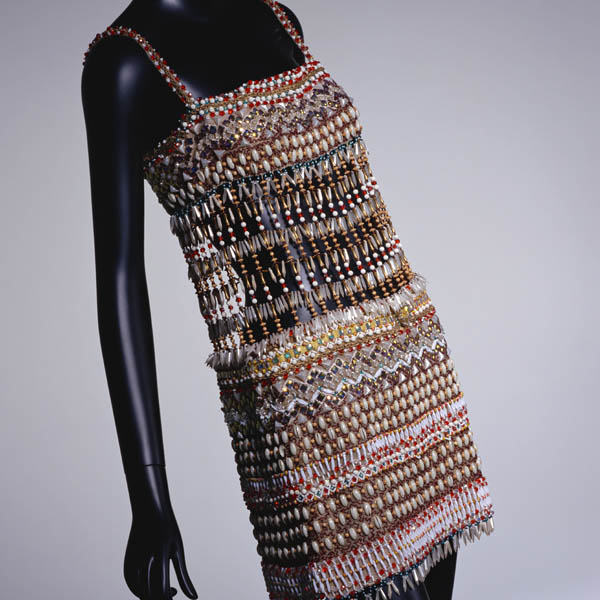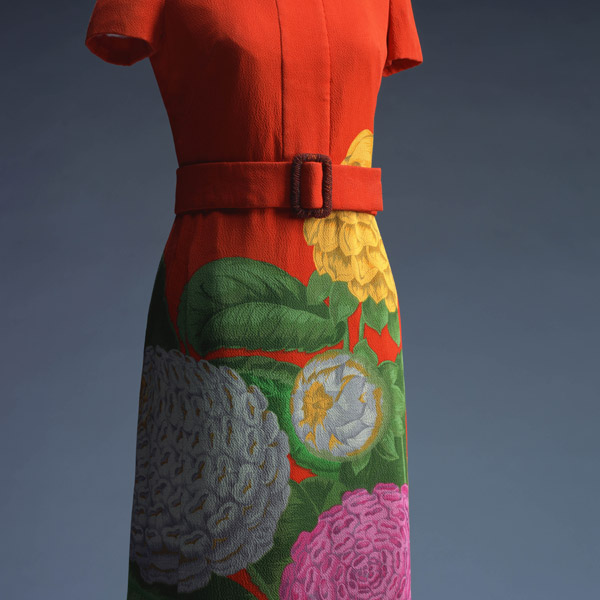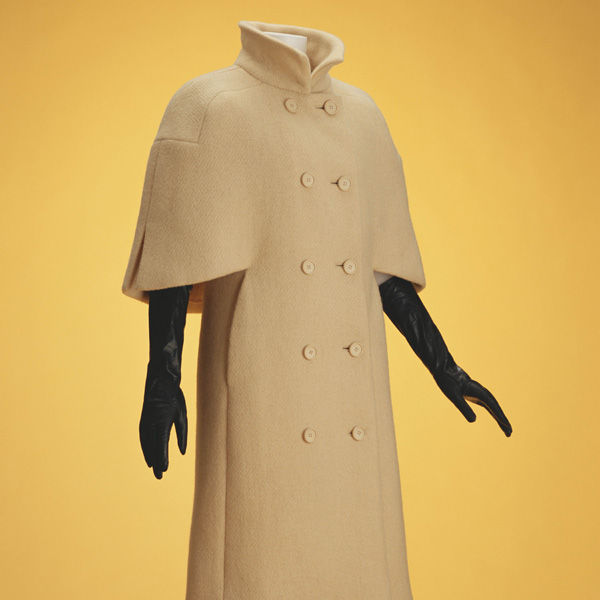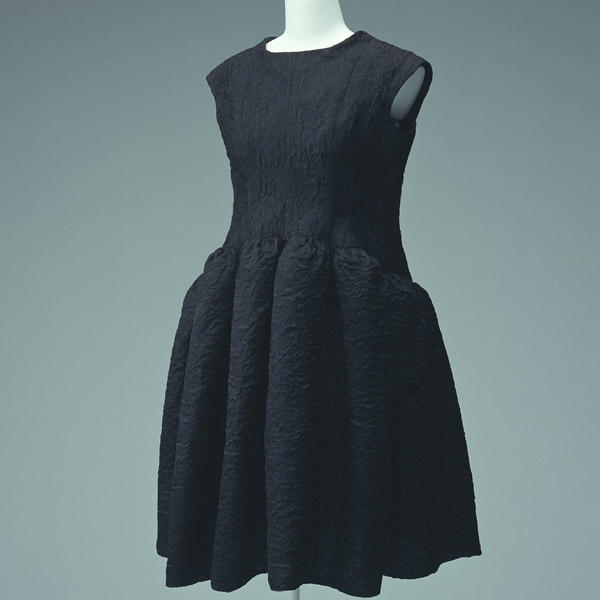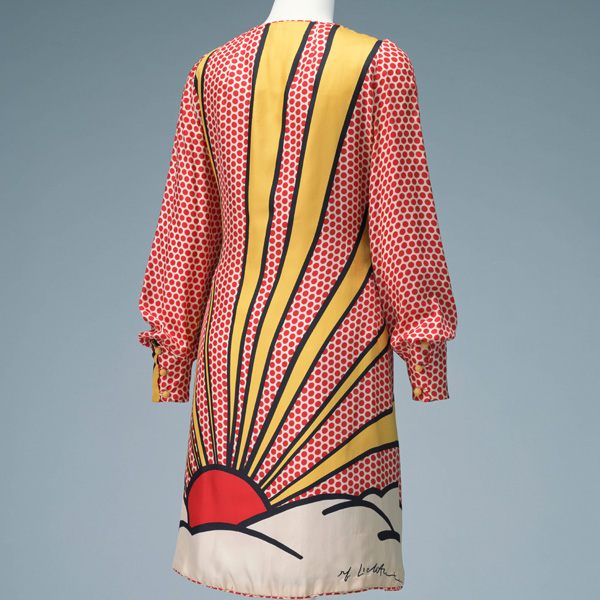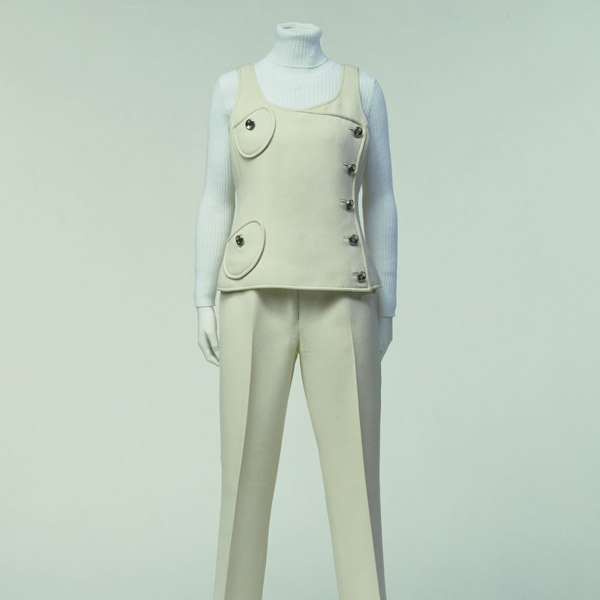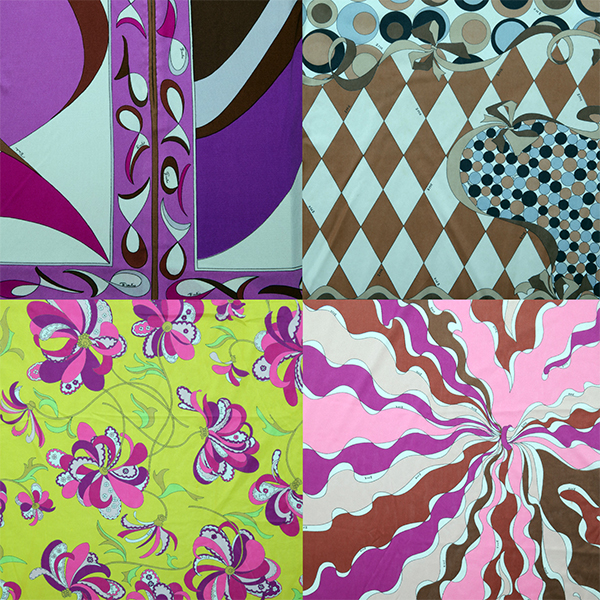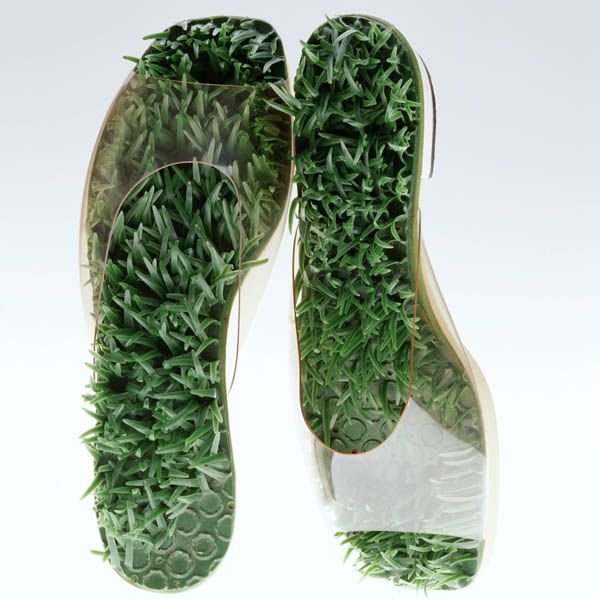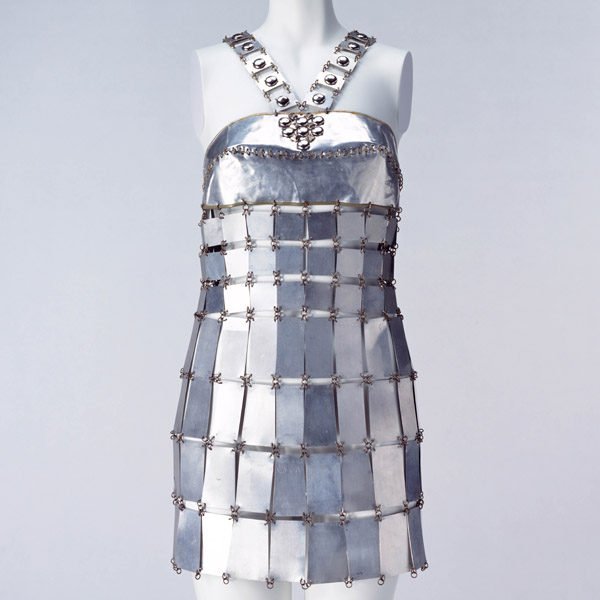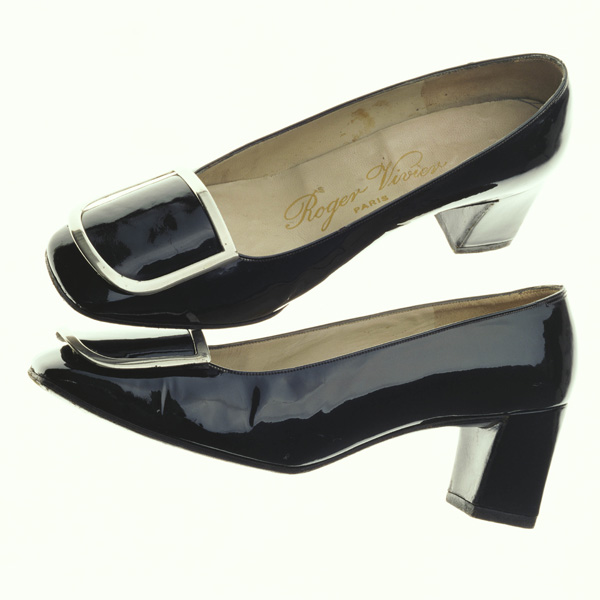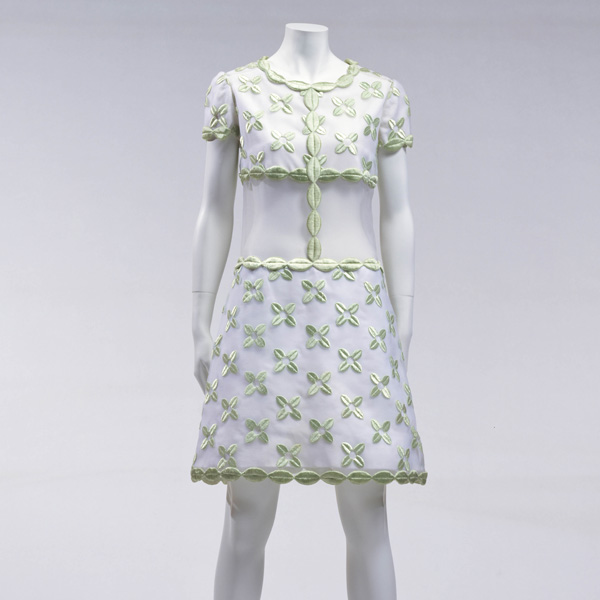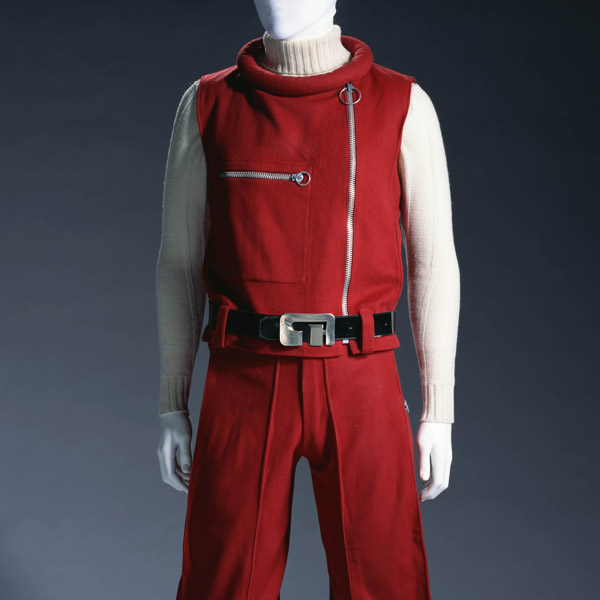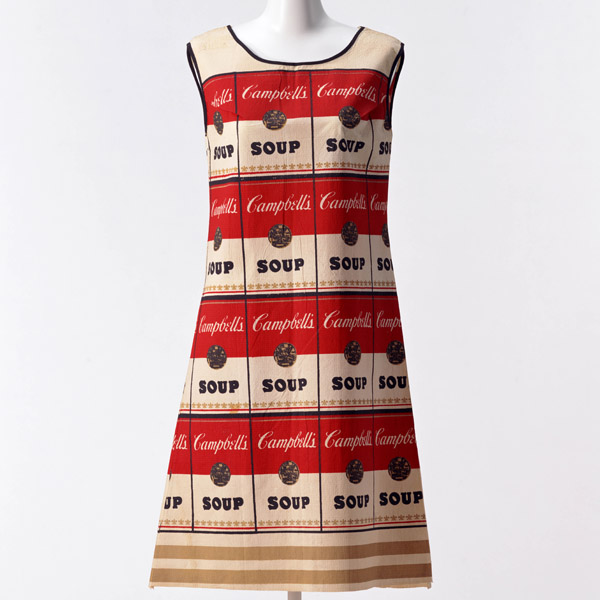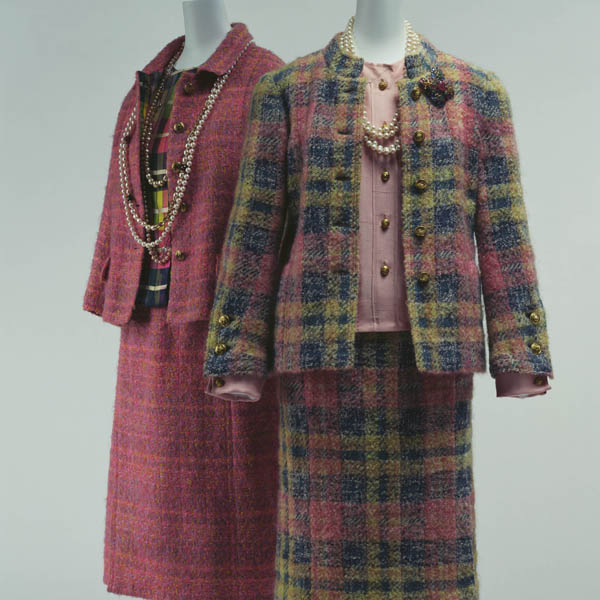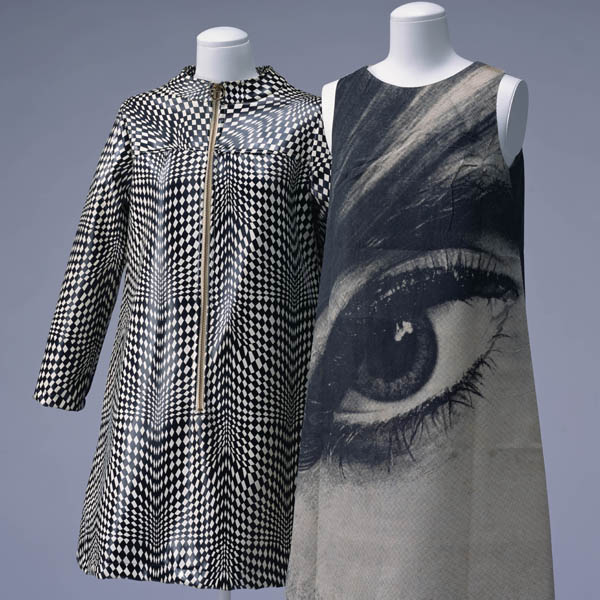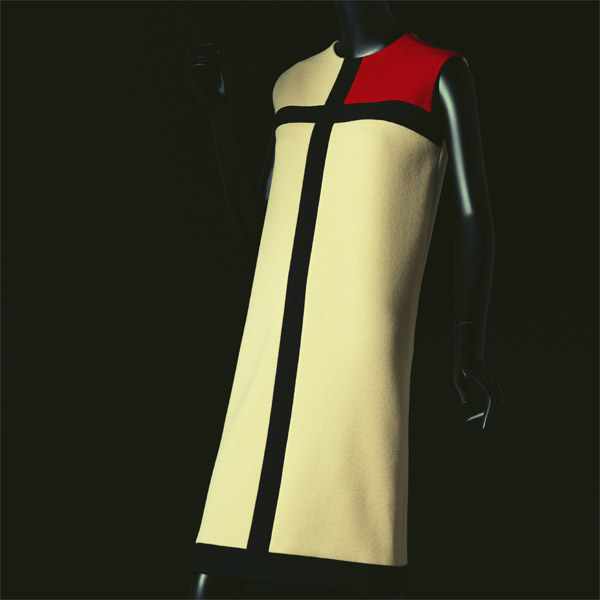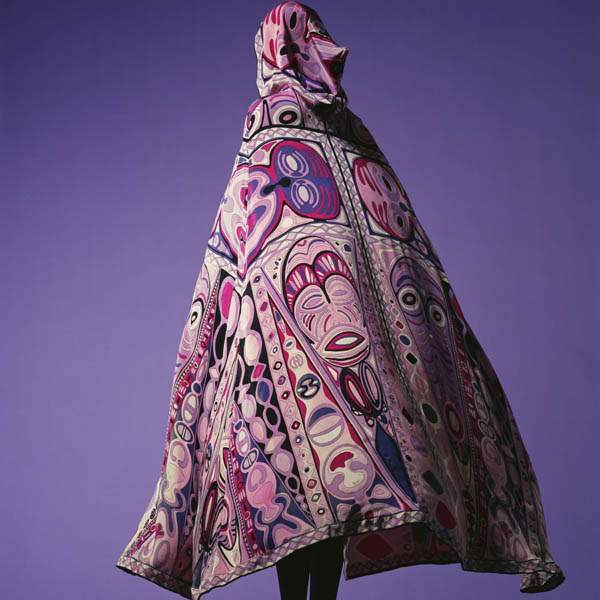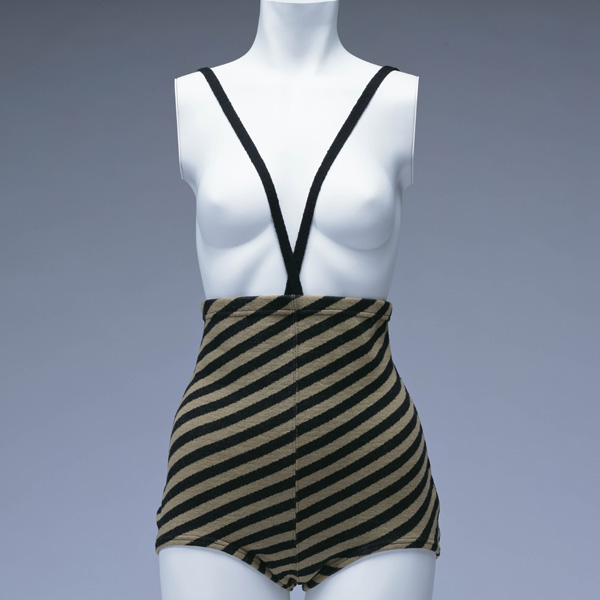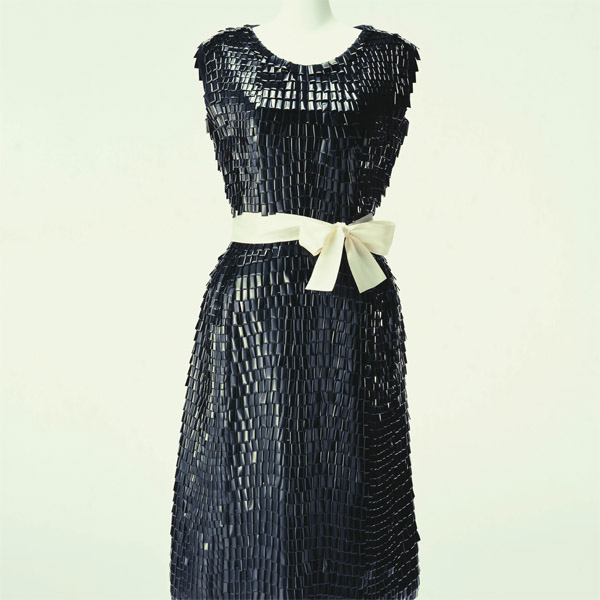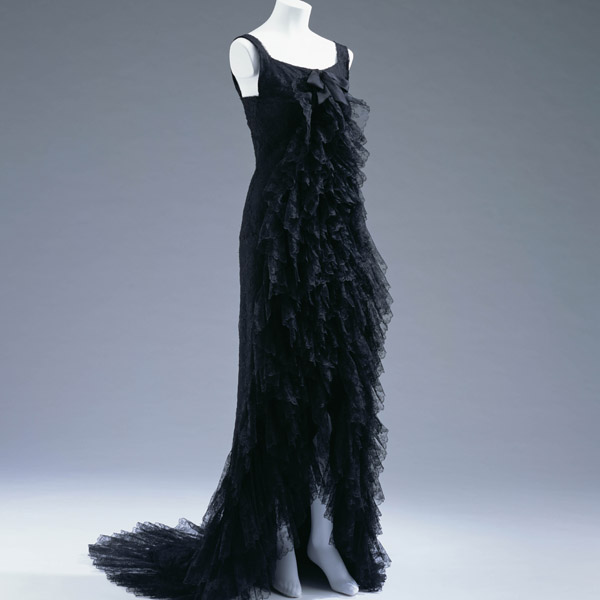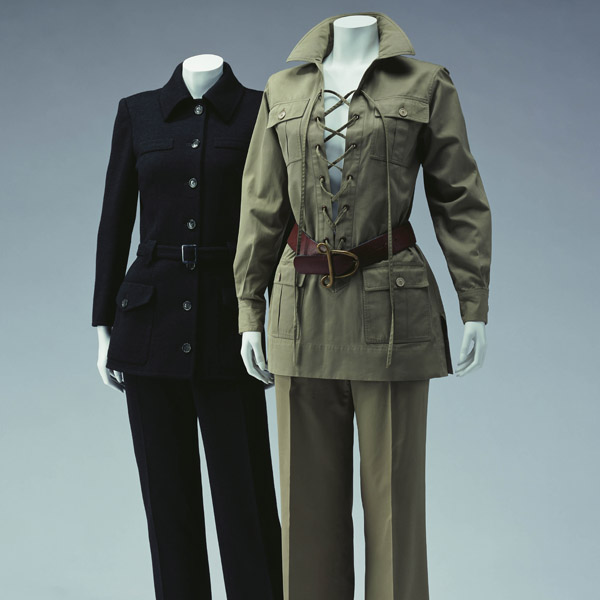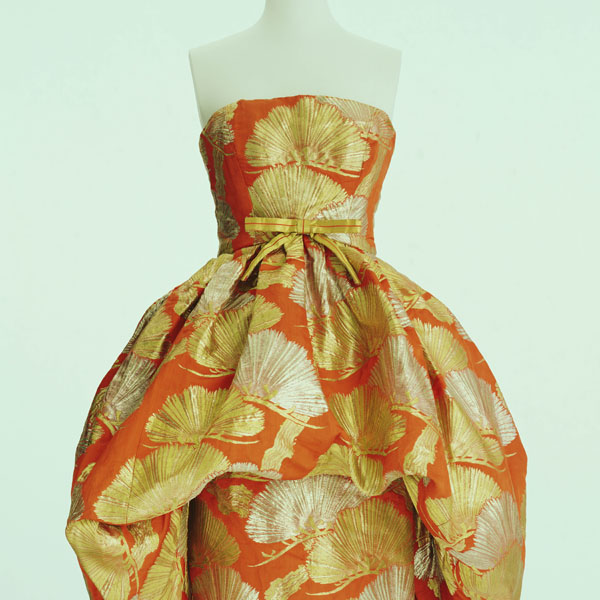![Day Ensemble [Left] Day Ensemble [Right]](https://www.kci.or.jp/archives/digital_archives/photos/174_xl_AC00383.jpg)
© The Kyoto Costume Institute, photo by Takashi Hatakeyama
You can enlarge by putting the mouse cursor on the image.
Day Ensemble [Left]
Day Ensemble [Right]
c. 1968 [Left]
c. 1969 [Right]
- Designer
- Gabrielle Chanel [Left]
Gabrielle Chanel [Right] - Brand
- Chanel [Left]
Chanel [Right] - Label
- CHANEL [Left]
CHANEL [Right] - Material
- Pink, yellow, and purple plaid wool tweed; jacket and skirt; gold buttons; lining and blouse in quilted plaid silk twill; chain weights at reverse side of blouse. [Left]
Pink, yellow, and blue plaid wool tweed; jacket and skirt; gold buttons; chain weights at reverse side of jacket; lining and blouse in quilted plaid silk twill; self-fabric detachable cuffs. [Right] - Credit Line
- Gift of Fashion Institute of Technology, SUNY [Right]
- Inventory Number(s)
- AC383 77-13-2AC [Left]
AC4811 84-10-1AG [Right]
These two suits are typical examples of the so-called "Chanel suits." A jacket and a skirt of high quality wool tweed, a silk lining and a blouse made of the same fabric were the distinctive features of a Chanel suit. This high quality tweed has sufficient elasticity and is surprisingly light. Clothes of Haute Couture are often sometimes added lead weights at the bottom of hem to create a beautiful silhouette. Instead, Gabrielle Chanel attached gold chains inside the jacket.
The Chanel suit, developed from her cardigan suit in the 1920s, was copied all over the world in the 1960s. It is because its simple structure was accessible to the prêt-a-porter era. The Chanel suit is worn considered as women's basic model in the 20th century and in the 21st century as well.
 Digital Archives
Digital Archives